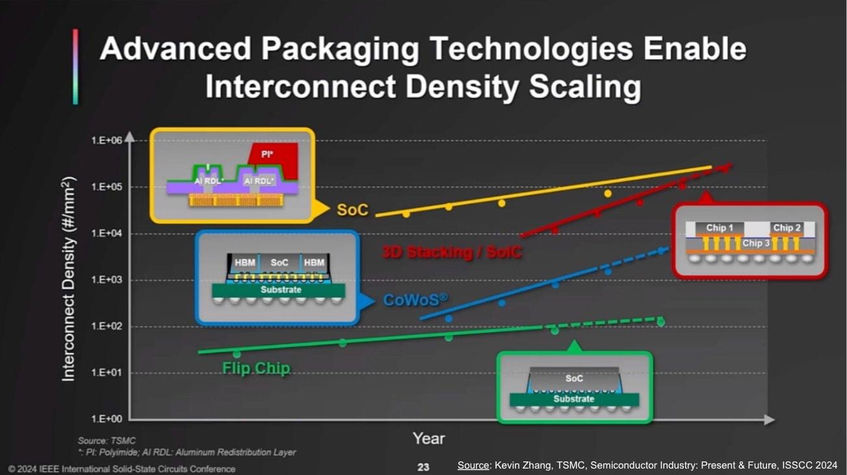Business Consultants

Insights
Sharing forward-thinking market insights, industry trends, and strategic recommendations to help you capture opportunities in a rapidly evolving business landscape.
Future Development of the Semiconductor Industry Driven by GPU, ASIC, and System Scaling
If you observe the current AI chip designs from various companies like NVIDIA, AMD, Cerebras, Tesla Dojo, and Meta MTIA, you’ll notice that the semiconductor industry is undergoing a rapid transformation due to changes in terminal chip design. These new chip designs are driving several important shifts, fundamentally altering the semiconductor value chain.
In this article, we’ll discuss how GPUs and ASICs are driving key changes in the industry and how these changes are moving the semiconductor value chain into its next developmental stage:
1. ASIC Chip Design: Represented by Google, Meta, Amazon, and others
Beyond GPUs, ASIC chip design has become one of the hottest areas of focus. Companies like Google, Meta, and Amazon, which have their own AI application services and a large installed user base, are naturally inclined to develop their own customized AI chips. Almost every major tech company has its own ASIC chip design to customize their chips based on their needs and integrate them deeply with their cloud and AI services.
Moreover, these cloud giants typically approach hardware development from a holistic server perspective. Later, we’ll discuss the influence of this trend on System Fab, server, and data center construction.
2. IC Design Foundries: Represented by Broadcom, Marvell, and Global Unichip
In the early days, the demand for ASIC chips wasn’t large enough to justify maintaining an in-house design team. As a result, many big tech companies outsourced their design to IC design foundry service providers. Companies like Broadcom, Marvell, and Global Unichip are prominent players in this field.
With the growing demand for AI chips and the increasing strategic importance of AI chip designs for big tech companies, IC design foundries have seen a surge in business. Additionally, many new IC design companies are now targeting this market. Interestingly, Apple uses Google’s TPU to train its AI models, creating an AI ecosystem that looks like this: Broadcom ASIC TPU design -> Google TPU -> Apple AI models.
3. System Fab: The Transformation of TSMC, Samsung, and Intel
AI model training now requires more than just a single chip; it often involves entire systems made of multiple chips, or even full servers or data centers. As a result, the role of foundries (semiconductor manufacturing plants) has begun to evolve. Rather than simply manufacturing single chips, customers now require comprehensive system-level services, from design consultations to wafer manufacturing and packaging, offering end-to-end solutions. This shift has expanded the scope of foundries' operations, with TSMC, for example, introducing the concept of "Foundry 2.0."
4. Increasingly Complex Advanced Packaging Processes: The Transformation of Packaging Firms Like ASE and Amkor
Building on the previous points, the demand for advanced packaging is increasing, and as the industry moves from chip scaling to chip stacking, advanced packaging processes are becoming more complex. This change is affecting the entire packaging supply chain, from packaging manufacturers to equipment suppliers, all of whom need to upgrade their technologies.
Additionally, technologies that were previously not involved in advanced packaging, such as more precise inspection equipment and better process control techniques, are now becoming integral parts of the advanced packaging supply chain, driving its continuous advancement.
5. Server and Data Center Construction: Driven by Companies Like Meta, Google, and Amazon, and Supported by Dell and Supermicro
Most AI services today are cloud-based, and AI models are growing year by year. As a result, server and data center design is also incorporating new technologies. Examples include Silicon Photonics/CPO technologies for chip-to-chip communication, liquid cooling technologies to handle stacked chips, and systems management technologies for managing computational loads and reducing energy consumption in data centers.
All these important changes in the semiconductor industry stem from the shift in its core driving force—from "Transistor Scaling" to "System Scaling." Moving forward, "System Scaling" will drive the semiconductor industry into its next stage of development.




